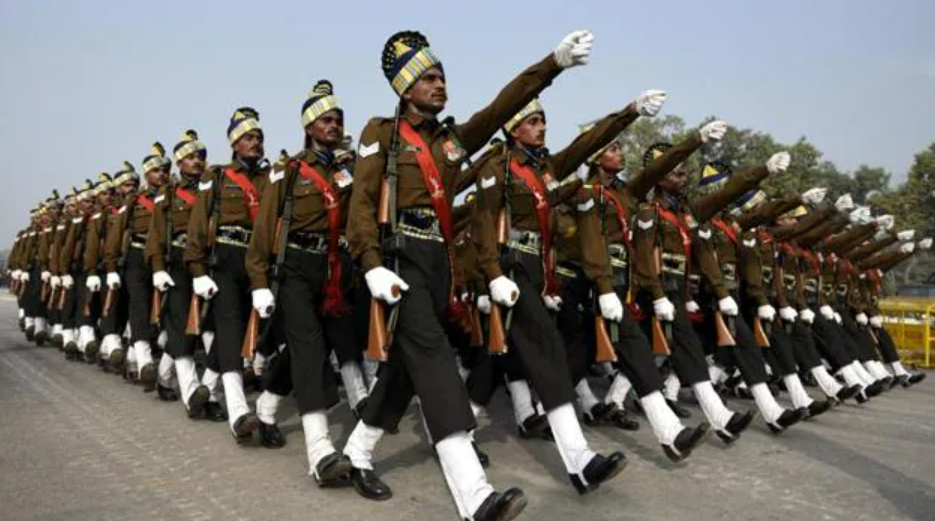Integrated Battle Group – Basis, Purpose, and Structure

From Current Affairs Notes for UPSC » Editorials & In-depths » This topic
IAS EXPRESS Vs UPSC Prelims 2024: 80+ questions reflected
Context: The Army has identified a holding formation on the Western front and a Strike formation on the Northern borders to be converted into agile Integrated Battle Groups (IBG).

The basis for the concept of IBG
- The Indian military undertook massive mobilisation after the terrorist attack on Parliament in 2001.
- but the Army’s formations which were deep inside took weeks to mobilise losing the element of surprise.
Cold Start Doctrine:
- Following this, the Army formulated a proactive doctrine known as ‘Cold Start’ to launch a swift offensive, but its existence was consistently denied in the past.
- Its existence was acknowledged for the first time by (Late) Gen Rawat in January 2017.
What are IBGs?
- IBGs are brigade-sized, agile, self-sufficient combat formations, which can swiftly launch strikes against adversaries in case of hostilities.
- Each IBG would be tailor-made based on Threat, Terrain and Task and resources will be allotted based on the three Ts.
- They need to be light so they will be low on logistics.
- They will be able to mobilise within 12-48 hrs based on the location.
Command, corps, and the brigade
- While a command is the largest static formation of the Army spread across defined geography, a corps is the largest mobile formation.
- Typically, each corps has three divisions, and each division has three brigades.
- The idea is to reorganise them into IBGs which are brigade-sized units but have all the essential elements like infantry, armoured, artillery and air defence embedded together based on the three Ts.
- An IBG operating in a desert needs to be constituted differently from an IBG working in the mountains.
- The key corps of the Army is likely to be reorganised into 1-3 IBGs.
Types and composition of IBGs
- The IBGs will also be defensive and offensive.
- While the offensive IBGs would quickly mobilise and make a thrust into enemy territory for strikes, defensive IBGs would hold ground at vulnerable points or where enemy action is expected.
- The composition of the IBGs would also depend on this.
Conclusion
- The Indian Army is set to make far-reaching changes in its organisational structure for combat with some corps, divisions, and brigades replaced by smaller and self-contained Integrated Battle Groups, with airpower, armour, and artillery.
Practice Question for Mains
- Explain how the new concept of Integrated Battle Groups (IBGs) which the Indian Army plans to create can result in the overall transformation of the force (250 Words, 15 Marks).
Referred Sources
If you like this post, please share your feedback in the comments section below so that we will upload more posts like this.

